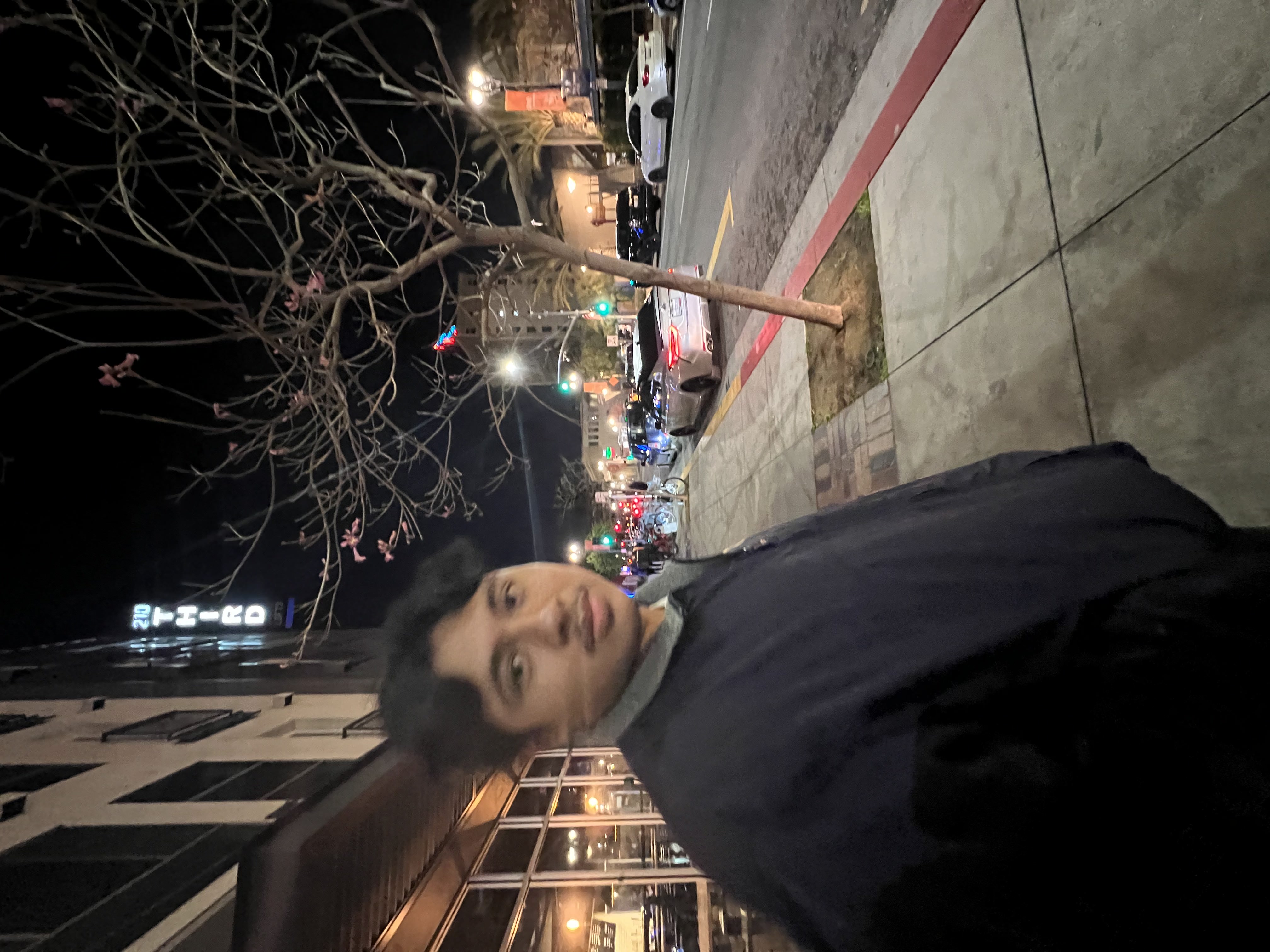Below is a summary of the abstract you submitted. Presenting author(s) is shown in bold.
If any changes need to be made, you can modify the abstract or change the authors.
You can also download a .docx version of this abstract.
If there are any problems, please email Dan at dar78@pitt.edu and he'll take care of them!
This abstract was last modified on March 21, 2023 at 10:43 p.m..

Bacteriophages are a diverse group of viruses that infect bacteria, and have been proposed to be of use in therapy against bacteria. The mosaic nature of their genome contributes to their diversity, adding complexity to their study and utility. Phages can infect Rhodococcus, a group of bacteria that are closely related to another common phage host, Gordonia. Only 60 Rhodococcus phages have been isolated and fully sequenced in the database, PhagesDB. Previous work has successfully characterized these phages by clustering them together for their shared gene content. However, 20% of the sequenced Rhodococcus phages are unclustered, and termed singletons. Therefore, Rhodococcus phages are poorly understood and further limited by a lack of characterization of these singletons. Here we confirm that they are variable across clusters through whole genome, proteome, and single gene comparisons. Whole genome and proteome analysis showed inter- and intracluster conserved relationships. Interestingly, high similarity between two singletons, REQ2 and Whack, was observed. Conserved structural genes showed consistent similarities between phages of the same clusters with little to no similarity between other clusters and singletons. Gordonia phages were included in the analyses since Rhodococcus and Gordonia are highly similar in their cell wall morphology and at least one draft Rhodococcus phage is clustered with Gordonia phages. Nucleotide sequence and gene comparison analyses revealed striking similarities between Rhodococcus singletons (DocB7 and RRHI) and Gordonia phages (Beaver, EpicDab, and Coeur). Further investigation into the genome architecture of these related groups showed possible evidence for horizontal gene transfer and convergent evolution. In conclusion, our work suggests the need to study phages within a broader context as grouping them can mask evidence for evolutionary relationships or wider genomic patterns, especially when singletons comprise the majority of analyses. Expanding comparative and evolutionary studies further will contribute to our understanding of phage genome mosaicism and viral evolution, informing the development of therapies utilizing phages against bacteria.




